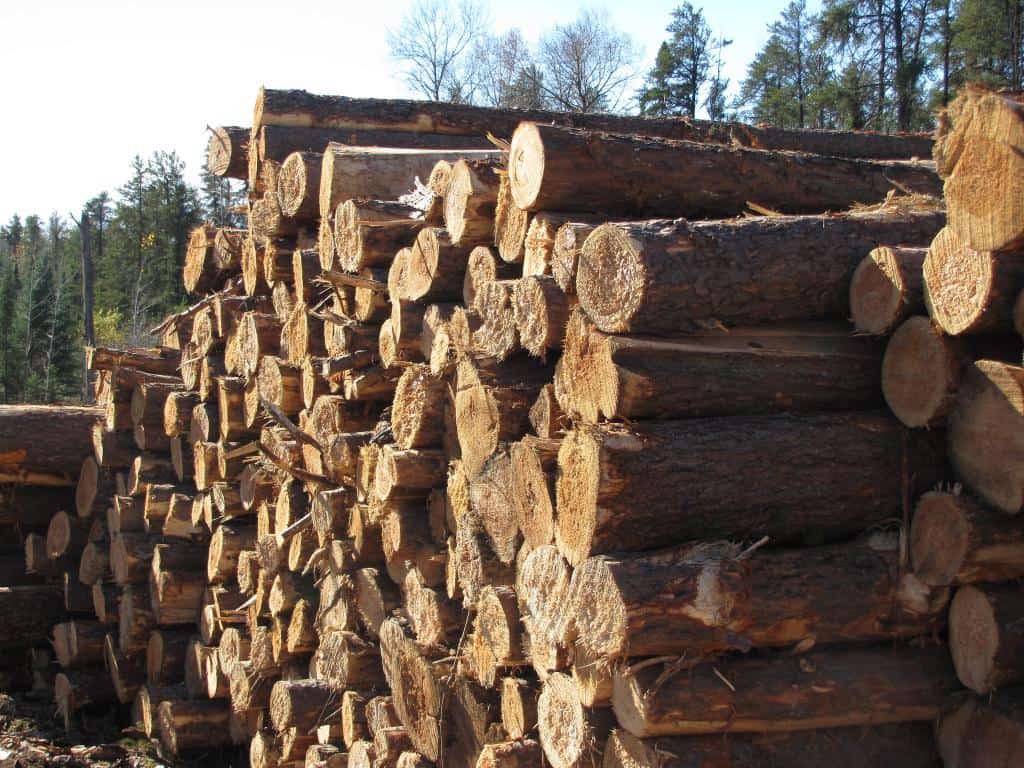
[DISPLAY_ULTIMATE_SOCIAL_ICONS]The Minnesota Department of Natural Resources is facing objections about its plan to increase logging in the state, including harvesting timber on Wildlife Management Areas. The agency recently announced its leaders will meet with conservation groups who are concerned. Wildlife Management Areas are designated for wildlife production, hunting, trapping, fishing, and other recreational uses. But a plan proposed by the DNR in 2018 after years of study and public discussion would also use some WMAs to meet a higher quota for timber products.
The new statewide goal is an increase in timber harvest to 870,000 cords offered each year, with 12 percent to come from Wildlife Management Areas.
“This is a pretty blatant example of how we have a public resource being managed for a single special interest industry,’’ said Rich Staffon, president of the Duluth-area chapter of the Izaak Walton League of America and a retired DNR wildlife manager of 36 years, according to the Duluth News Tribune. “As a hunter, $4 of my small-game license goes to wildlife management areas, and I want them managed for wildlife, not for the timber industry.”
The proposed 870,000-cord goal came after extensive study beginning in 2016. Then-governor Mark Dayton asked the DNR to see if it was possible to increase the goal from 800,000 cords to 1 million cords in 2016. The DNR decided a million cords wasn’t feasible, and revised it to the current objective.
The DNR manages 5 million acres of forest lands in state forests, WMAs, and school trust lands, with timber harvest on 2.75 million of those acres. These lands provide about 30 percent of the state’s wood supply for the forest products industry, with the rest coming from private, county, and federal lands.
Last August, wildlife managers wrote a letter to Commissioner Sarah Strommen saying they fear the increased logging in WMAs would harm wildlife habitat, and violate rules for how WMAs acquired with federal assistance are to be managed.
Wildlife Management Areas in northeastern Minnesota

“The current harvest targets for wildlife lands are too high to maximize habitat value and ecological function for a diverse set of species on WMAs,” the letter, signed by 28 current WMA managers, stated.
Managers in northeastern Minnesota said that increased logging on WMAs would have a significant negative impact on limited resources.
In the Tower area, managers expressed concern that nearly all mature aspen stands on WMAs would be logged, with particular detriment to the popular game species, whitetail deer, and the winter habitat they need to survive. It would also degrade habitat for fisher, marten and other animals that live in tree cavities found in mature aspen forests, like bats, songbirds, ducks, owls, squirrels, and more.
In the Duluth area, managers said WMAs are the only public lands with significant amounts of old-growth forest habitat. Timber harvest threatens species like fisher, marten, deer, and moose.
“The WMAs in our area will no longer support adequate habitat for many species and will instead simply resemble the surrounding younger forest matrix,” the letter stated.
Strommen responded “Every management action we take benefits some wildlife species but not others, and timber harvest decisions are no exception.” Strommen and her leadership team have now agreed to a request by conservation groups to meet about the WMA concerns. The DNR will also include forest management on state lands as a session during its annual “Roundtable” scheduled for Jan. 24 in the Twin Cities.

